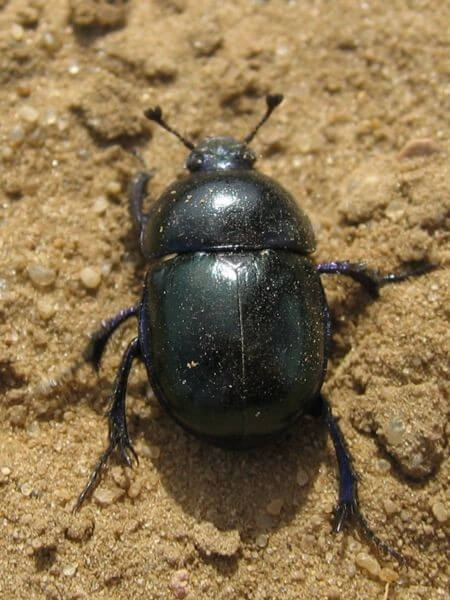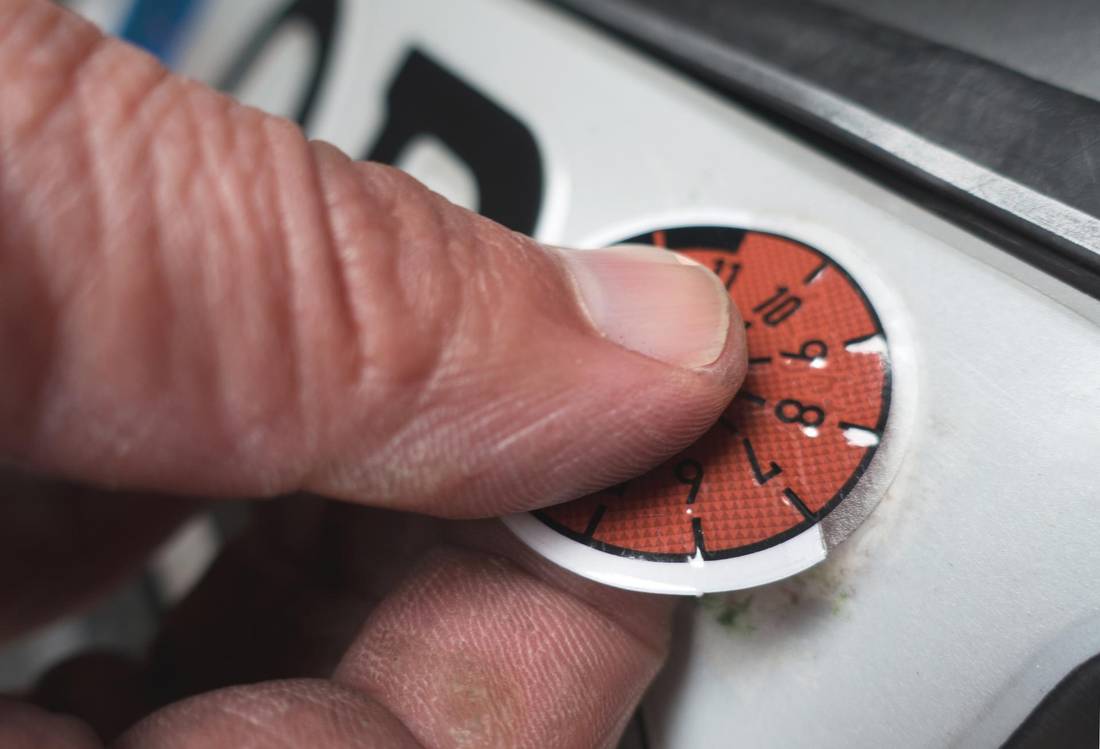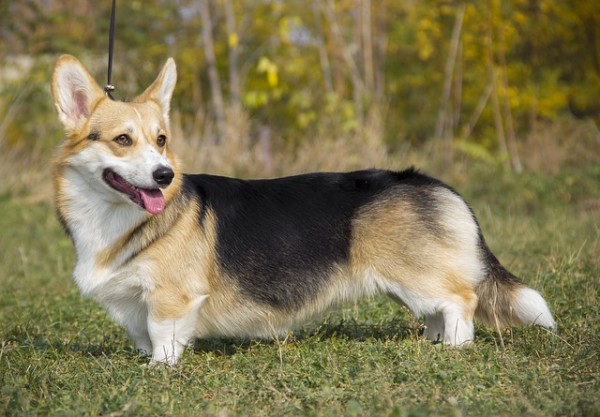If animals are not soft and cuddly, then we take a good look at an animal to see if we like it. The spring dung beetle is such a small animal that we do not really applaud on average. Still, if you look closely at the little creature, that spring dung beetle is actually a very beautiful creature. What do we know about this creature and what is its role? in the animal kingdom?
The spring dung beetle
We also call the spring dung beetle the wood dung beetle. It comes from the family of dung beetles, or Geotrupidae. It is probably the best known dung beetle in the Netherlands and surrounding areas. We encounter the spring dung beetle in larger parts of Europe and even in Asia. It belongs to the insects, but is different with the beetles. The forewings have formed into hard shields in these insects.
The spring dung beetle is sometimes compared to the common dung beetle, Geotrupus spiniger. But if you look closely, this dung beetle really looks different. This dung beetle has a more compact build. The shell of the spring dung beetle is much smoother, there are hardly any grooves in it, it is also a bit more convex in shape and it is slightly smaller than the regular dung beetle (approx. 5 mm, this dung beetle does not grow larger than about 20 mm).
The color is close to black, this beetle often has a metallic blue or greenish pearly color. The legs are sturdy and hairy, because they must be able to dig well in the ground. They dig less deep than the common dung beetle. Funnily enough, the probes at the front are only small, but often with an orange tip. The spring dung beetle is also sometimes accompanied by hitchhiking small parasitic predatory mites. This is visible through the small brown dots on the body. The spring dung beetle is comparatively a powerful animal, but as soon as it comes to lie on its back, the animal is usually over.
 Source: Tijmen Stam (IIVQ), Wikimedia Commons (CC BY-2.5)
Source: Tijmen Stam (IIVQ), Wikimedia Commons (CC BY-2.5)
From larva to beetle
Eggs are laid underground in the funnel-shaped tunnels and between the dug-in stock of manure (manure chambers). It is food for the voracious larvae. When the eggs are laid one by one, the tunnels are closed with soil and the larvae need about ten months to develop into beetles. In this way, each egg is placed separately to develop. Larvae hibernate in order to emerge in early spring and the beetles can crawl out of the ground. The adult beetle is visible in nature from April / May to October.
Is this animal dangerous?
Although the creature is small, it is already living in manure could be dangerous for humans, or so it is said. Strictly speaking, as a healthy person, you will not get sick if you pick up such a dung beetle. But of course it remains manure that the animal moves between and this way contamination by bacteria and other (micro) organisms can take place. Especially if you have open wounds, for example. However, the chances are not very high, so it is not really alarming.
What is the habitat?
Everywhere in Europe or Asia where you encounter the spring dung beetle, it prefers to live on sandy soils such as the dunes, drifts or heaths. Yet we also find this dung beetle in the woods and along the edges of forests. The dung beetle goes where the cattle and horse manure takes it. Preferably dry manure, because the spring dung beetle does not really like fresh flans.
What is the ‘role’ of the spring dung beetle?
Many find it difficult to realize that every animal has a role in his or her life. For the dung beetle, this is certainly the contribution that the animal makes to the processing of the dung to the formation of humus in the soil. They play an essential role in this.
Sometimes a calculation has been made. In practice, this would mean that the earthmoving of a few types of dung beetles, including the spring dung beetle, amounts to hundreds of kilos per hectare per year.
Finally
The spring dung beetle is a beautiful and useful animal that you will encounter in places that are less pleasant for humans, dung piles. But preferably old dry manure piles. The spring dung beetle contributes to having and keeping healthy soil.



















